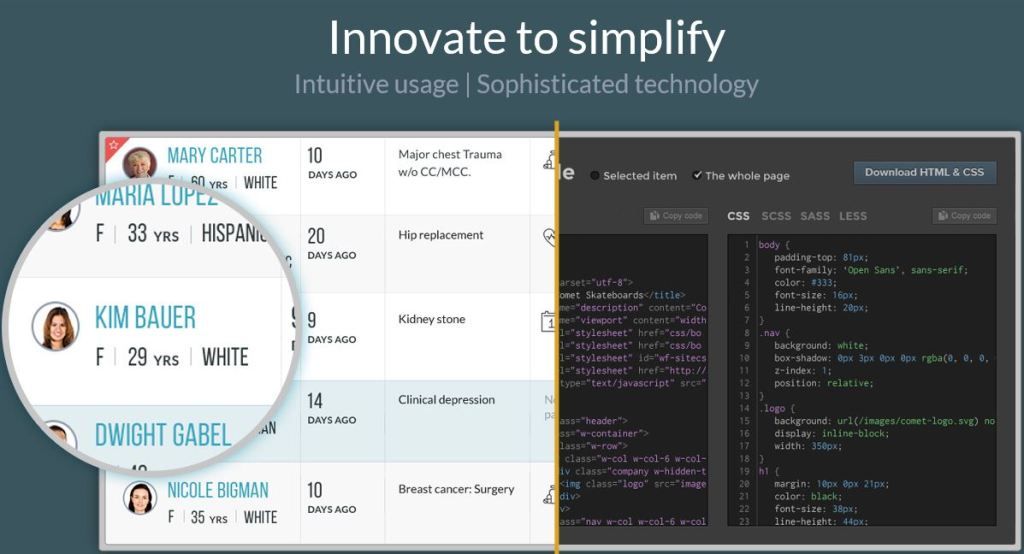 What are the limits of ‘education’ when it comes to changing human behavior? The Disease Management Care Blog asked itself that question when National Public Radio reported that as many as 1 million television owners crossed the analog-digital switch deadline without a converter box. While some persons were undoubtedly confused, the DMCB wonders if a number of persons – despite some considerable advertising about the subsidized converter box - elected to procrastinate and just deal with things after the change. Come to think of it, consumer choice was also a factor in the mortgage meltdown. While there was bad policy and predatory lending, conscious decision-making by home buyers in the subprime market also played an important role.
What are the limits of ‘education’ when it comes to changing human behavior? The Disease Management Care Blog asked itself that question when National Public Radio reported that as many as 1 million television owners crossed the analog-digital switch deadline without a converter box. While some persons were undoubtedly confused, the DMCB wonders if a number of persons – despite some considerable advertising about the subsidized converter box - elected to procrastinate and just deal with things after the change. Come to think of it, consumer choice was also a factor in the mortgage meltdown. While there was bad policy and predatory lending, conscious decision-making by home buyers in the subprime market also played an important role.Healthcare isn’t immune from this dynamic either. For example, according to this article in the New England Journal of Medicine, vaccination refusals, mostly over fear of harm, range as high as 26% in some counties in the U.S. Handguns cause more accidental killings and injury than those occurring in self-defense, yet many homeowners still keep such a weapon in their house. While the science heavily favors screening colonoscopies, approximately half of those eligible have not had the test; while the cost and insurance status undoubtedly are factors, many persons simply refuse to go through with it.












2 comments:
I appreciate your post, but clinical disease management has a tendency to not really engage. Having come from outside the health care industry to working on the payor side, there seems to be a yawning gap between how clinical types want to engage people and how people usually are engaged. Marketing types have been working with consumers for years to build brands, get consumption and leave people feeling better about themselves. None of this thinking ever really seems to transfer to clinical programs. The desire is there, but I still haven't seen many pharma/DM/payor/provider programs really knock it out of the park. There are some really good patient driven communities, but that thinking is seldom reflected by the clinical community. The only thing pharma advertising has created is demand, not real engagement. Until I see someone willing to pay a premium for a particular product because it is a part of their lives, it is all just a taste great, less filling level of engagement. With the upcoming changes in legislation, I bet you pharma and medical device start trying to figure this stuff out soon.
See what happens when I draw on the limited memory of exactly ONE graduate class in marketing? I try to sound like some kind of expert and Gill has found me out! That being said, Gill has an excellent point: marketing is NOT a better form of engagement.
Speaking of engagement, Gill points out that there is still plenty of room for improvement in this department for disease management companies. I'd welcome more information on the topic and look forward to possibly posting it separately.
As least I got one thing right? That the next frontier for population-based care management is a more savvy form of getting patients to do the right thing, presumably through the right mix of marketing, engagement, education and... [insert other methodologies here]
Thanks Gill!
Post a Comment